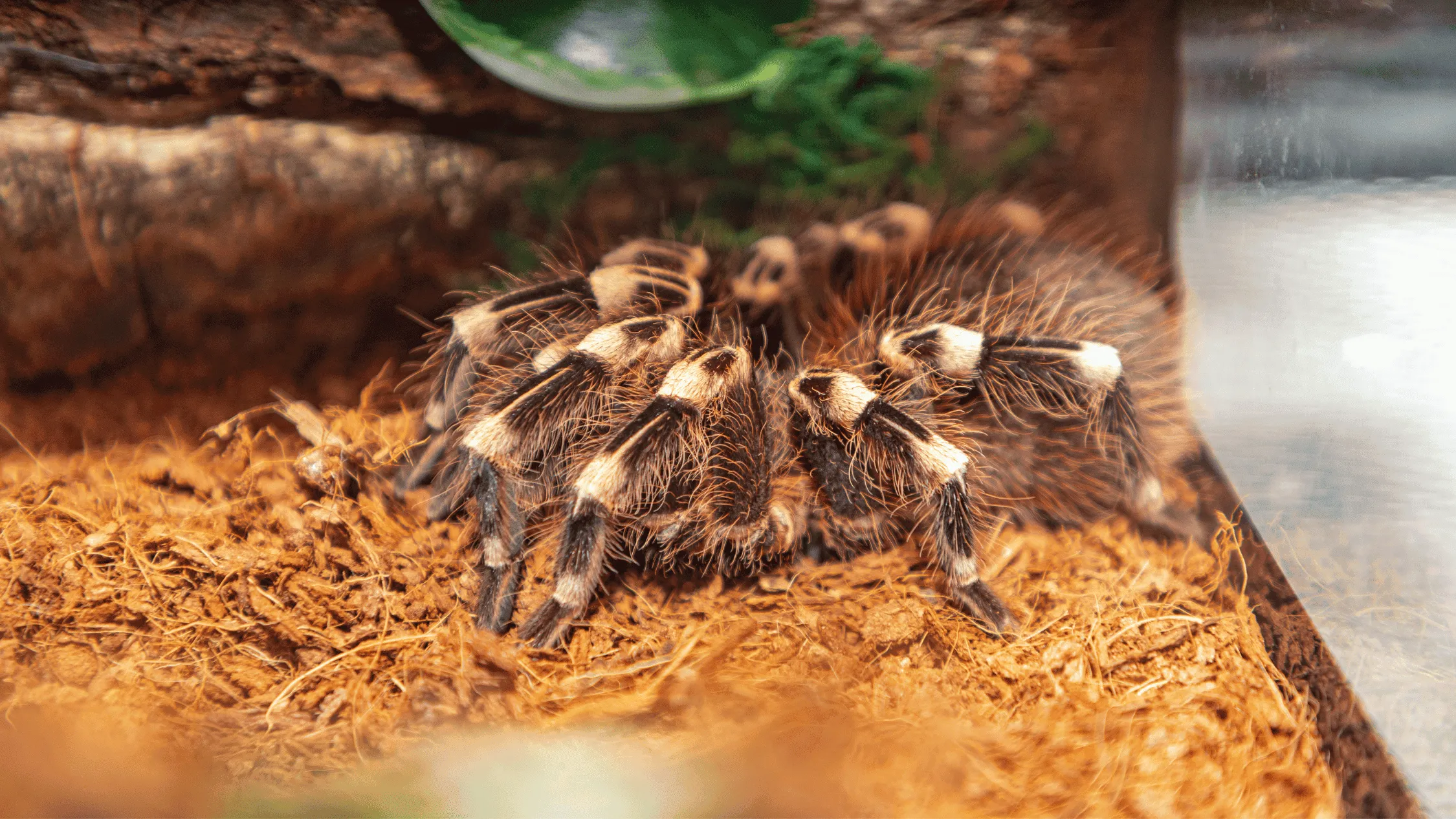Best Tarantula for Handling 5 Awesome Choices
Tarantulas, with their captivating appearance and intriguing behaviors, have become increasingly popular pets. However, not all tarantulas are created equal when it comes to handling. Some species are known for their docile nature and willingness to be handled, while others are best admired from a distance. This guide explores the five best tarantula species for handling, providing insights into their temperaments, care requirements, and safety precautions. Whether you’re a seasoned arachnid enthusiast or a curious beginner, this article will help you choose the perfect, handle-friendly tarantula and enjoy a rewarding pet ownership experience. Remember, responsible pet ownership always prioritizes the well-being of the animal, so handling should be approached with respect and caution. Understanding the nuances of each species is key to a positive experience for both you and your eight-legged friend.
Why Handle a Tarantula
Handling a tarantula is not a necessity for their well-being, but it can be a rewarding experience for both the owner and the pet, assuming it is done safely and with the right species. For some, it’s the thrill of interacting with a unique and fascinating creature. It allows for a closer connection and a deeper appreciation of their individual personalities. Careful handling can also be necessary for tasks like tank cleaning or health inspections. However, it’s important to remember that handling should always be done with the tarantula’s welfare in mind. If your tarantula shows signs of stress, such as rearing up, flicking hairs, or attempting to flee, it’s best to leave them alone. Handling is not a competition or a display of dominance. It should be a choice made with respect for the animal’s comfort and safety.
Understanding Tarantula Temperament
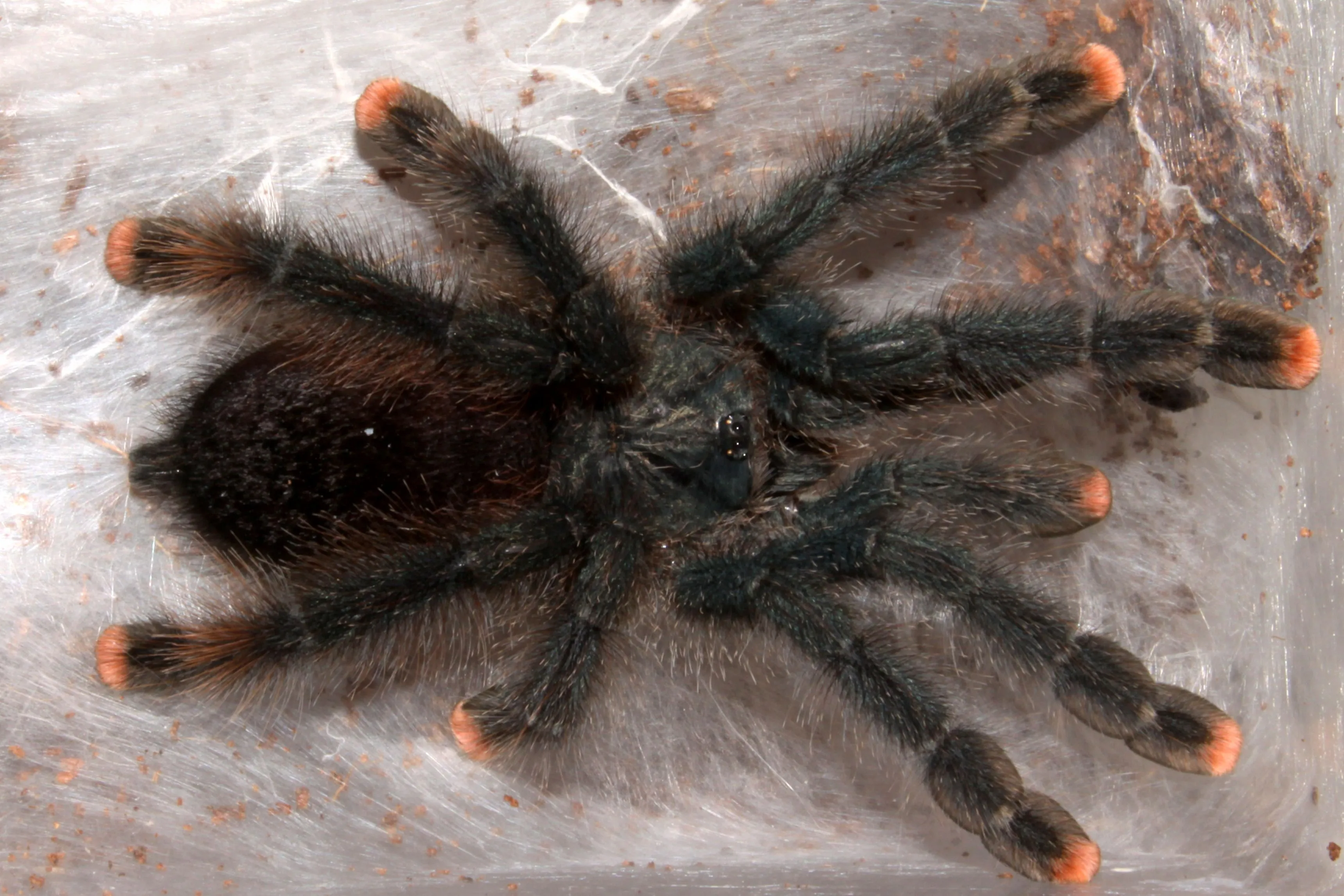
A tarantula’s temperament is largely determined by its species, but individual personalities can also vary. Some species are naturally more docile and less prone to defensive behaviors, such as biting or flicking urticating hairs. Others are known for their skittishness or aggression. Researching the specific species you’re considering is essential. Factors like the tarantula’s age, origin, and even the environment in which it was raised can influence its temperament. Younger tarantulas, for example, may be more prone to bolting or being defensive. The temperament can also be affected by the tarantula’s current state, such as during a molt, when they are extremely vulnerable and should not be handled. Observe your tarantula closely to learn its individual cues and preferences. Handling should always be based on respect and understanding, ensuring both your safety and the tarantula’s peace of mind.
Factors Affecting Handling
Several factors can influence the handling experience with your tarantula. The most important factor is, of course, the species itself, with some being naturally more tolerant of handling. The tarantula’s size and age also play a role; larger, more mature tarantulas are generally easier to handle, but they also pose a greater risk if they do bite. The tarantula’s current state of health and well-being are critical. A stressed, molting, or hungry tarantula is more likely to be defensive. The environment in which you handle the tarantula matters. A calm, quiet space minimizes stress for both the tarantula and the handler. Even the handler’s experience and approach can influence the interaction. Slow, gentle movements and a confident, but respectful, demeanor will always enhance the likelihood of a positive experience. Always prioritize the tarantula’s comfort and safety.
The Best Tarantulas for Handling
The Chilean Rose Hair Tarantula
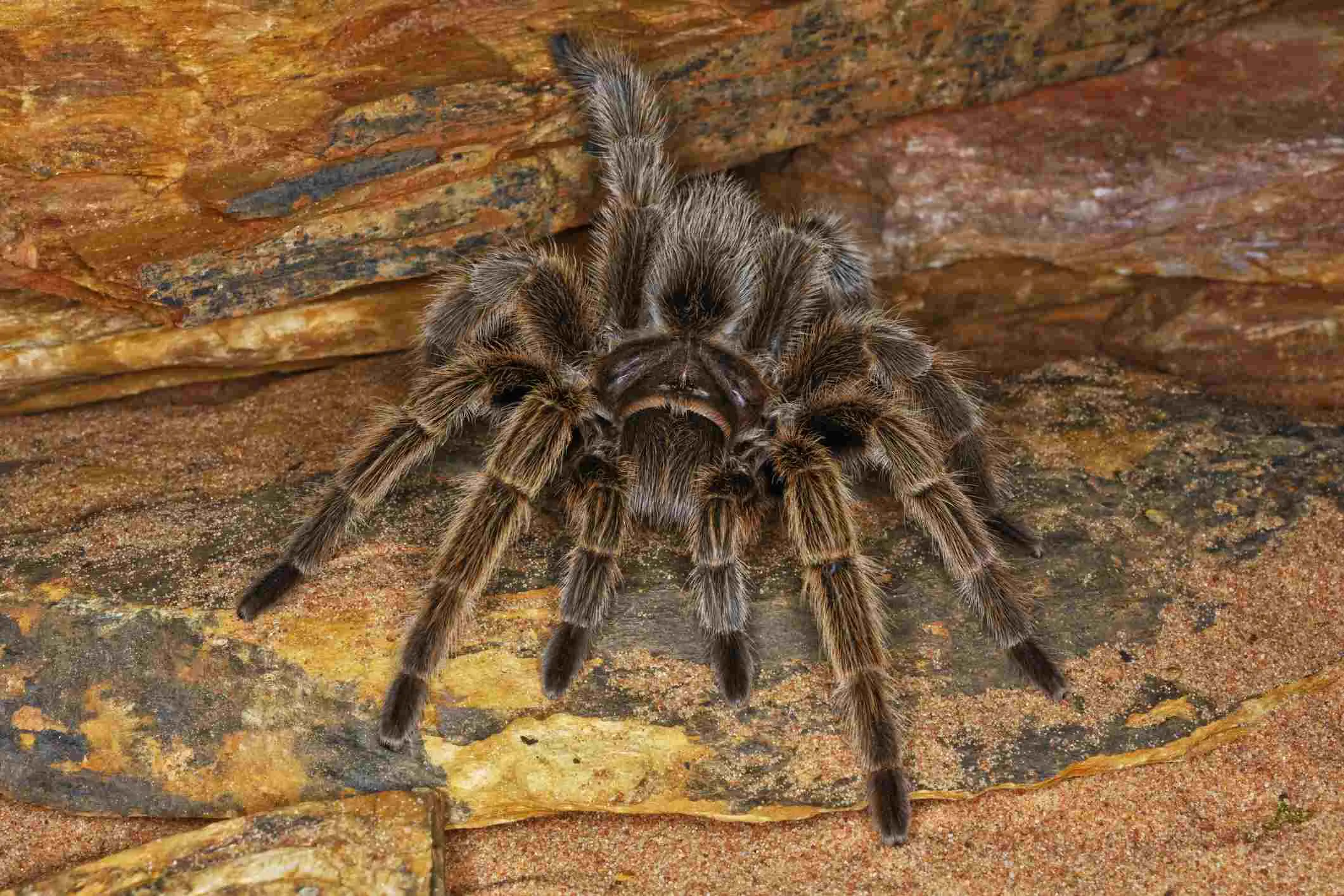
The Chilean Rose Hair (Grammostola rosea) is often recommended as a beginner-friendly tarantula due to its docile nature. They are relatively slow-moving and less prone to biting or flicking urticating hairs, making them a good choice for those new to handling. Their calm temperament and manageable size contribute to their popularity as pets. However, it’s important to remember that even the most docile tarantula can bite if provoked or frightened. Therefore, handling should always be approached with caution and respect for the animal’s boundaries. Proper research and understanding of their care requirements are essential before acquiring any pet, including the Chilean Rose Hair. This species is generally hardy and adaptable, adding to its appeal for novice keepers.
Pros and Cons of Chilean Rose Hair Tarantulas
- Pros Docile temperament, relatively low maintenance, readily available, and relatively affordable
- Cons Can be skittish at times, may flick hairs, potential for bites (though rare), requires careful handling
Handling Tips for Chilean Rose Hair Tarantulas
- Handle in a low-risk area (e.g., over a soft surface), move slowly and calmly, avoid sudden movements, let the tarantula walk onto your hand rather than grabbing it, watch for signs of stress (rearing up, hair flicking), never force the tarantula to do anything it doesn’t want to do, wash your hands thoroughly after handling
The Mexican Red Knee Tarantula
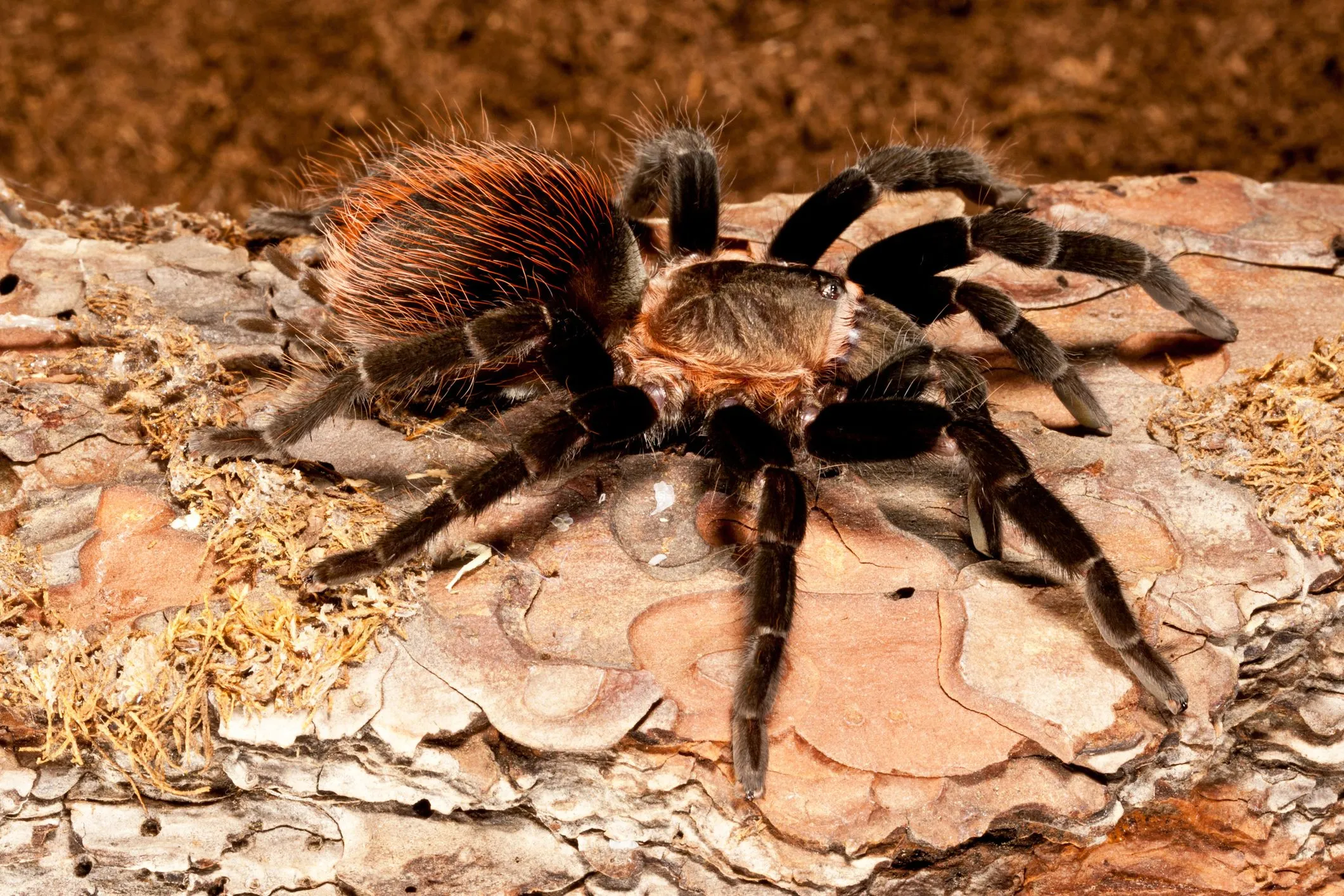
The Mexican Red Knee (Brachypelma hamorii) is another popular choice, renowned for its striking appearance and generally calm demeanor. They are larger than Chilean Rose Hairs, making them visually impressive, but they are still relatively docile. While they may flick hairs as a defense mechanism, bites are uncommon if handled properly. Their striking red and black coloration adds to their appeal as pets. Like all tarantulas, they should be handled with respect and understanding. Proper research into their care needs is essential. The Mexican Red Knee, like many tarantulas, appreciates a secure and stable environment with appropriate temperature and humidity levels. Careful monitoring of their health and behavior is crucial for ensuring a long and fulfilling life as a pet.
Pros and Cons of Mexican Red Knee Tarantulas
- Pros Beautiful coloration, generally docile, relatively easy to care for, long lifespan, can be handled (with caution)
- Cons Can flick urticating hairs (causing irritation), potential for bites (though rare), require a slightly more humid environment
Handling Tips for Mexican Red Knee Tarantulas
- Handle over a soft surface, avoid startling the tarantula, do not handle during a molt, be aware of hair flicking, use a soft brush to gently remove any hairs that land on your skin, always wash your hands after handling.
The Arizona Blonde Tarantula

The Arizona Blonde (Aphonopelma chalcodes) is a North American species known for its generally calm temperament and relatively docile nature. While they can be slow-moving, this makes them easier to handle. Their golden-brown coloration provides a beautiful display. They are well-suited to beginners who are willing to learn. They typically exhibit less aggression than other species, but it’s still important to approach them with caution and respect. Due to their nature, handling can be a more relaxed experience than with more defensive tarantulas. Their temperament makes them popular among tarantula enthusiasts. Before acquiring an Arizona Blonde, thoroughly research their care requirements, including appropriate housing, temperature, humidity, and diet. Proper knowledge is key to keeping your tarantula safe and content.
Pros and Cons of Arizona Blonde Tarantulas
- Pros Calm temperament, less prone to defensive behaviors, relatively hardy, suitable for beginners, beautiful appearance
- Cons Can be skittish, may flick hairs, slow-moving, potential for bites, requires a specific environment
Handling Tips for Arizona Blonde Tarantulas
- Approach slowly and gently, avoid making sudden movements, allow the tarantula to walk onto your hand, handle in a safe area, be prepared for a possible hair flick, always wash your hands after handling.
The Costa Rican Zebra Tarantula

The Costa Rican Zebra Tarantula (Aphonopelma seemanni) is another good choice for handling due to its beautiful black and white striped pattern and calm temperament. They are generally less defensive than some other species. While they may be prone to bolting if startled, they generally do not exhibit aggressive behavior. Their striking appearance and relatively docile nature make them a favorite among tarantula keepers. It’s important to remember that all tarantulas are individuals, and their behavior can vary. With this species, as with all, observe their individual cues and learn their preferences. Before acquiring a Costa Rican Zebra Tarantula, thoroughly research their care requirements, including temperature, humidity, and appropriate diet. This will ensure that your pet enjoys a long, happy, and healthy life.
Pros and Cons of Costa Rican Zebra Tarantulas
- Pros Striking appearance, generally docile, relatively easy to care for, less prone to defensive behaviors
- Cons Can be skittish, may bolt if startled, potential for bites, requires a secure enclosure
Handling Tips for Costa Rican Zebra Tarantulas
- Handle over a soft surface, avoid startling the tarantula, move slowly and calmly, do not handle during a molt, be aware of their potential to bolt, always wash your hands after handling.
The Pinktoe Tarantula

Pinktoe tarantulas (Avicularia avicularia) are known for their arboreal lifestyle and unique pink toe pads. While their temperament can vary, many are handleable, though their speed can be a factor. Handling should always be done with caution and respect for the tarantula’s preferences. Their attractive appearance and manageable size contribute to their popularity as pets. Arboreal tarantulas, like the Pinktoe, thrive in enclosures that offer height for climbing and perching. If handling, it should be done over a soft, safe surface due to their arboreal nature and propensity for leaping. Research and understanding of their specific needs will help you enjoy the best experience possible. A healthy environment helps your tarantula to thrive.
Pros and Cons of Pinktoe Tarantulas
- Pros Beautiful coloration, interesting arboreal behavior, can be handled (with caution), relatively low maintenance
- Cons Can be skittish and fast, potential for bites, requires a more humid environment, prone to jumping
Handling Tips for Pinktoe Tarantulas
- Handle in a secure area, avoid sudden movements, be prepared for quick movements, use a soft surface to avoid injury, do not force handling, observe the tarantula’s behavior closely.
Safety Precautions for Handling Tarantulas
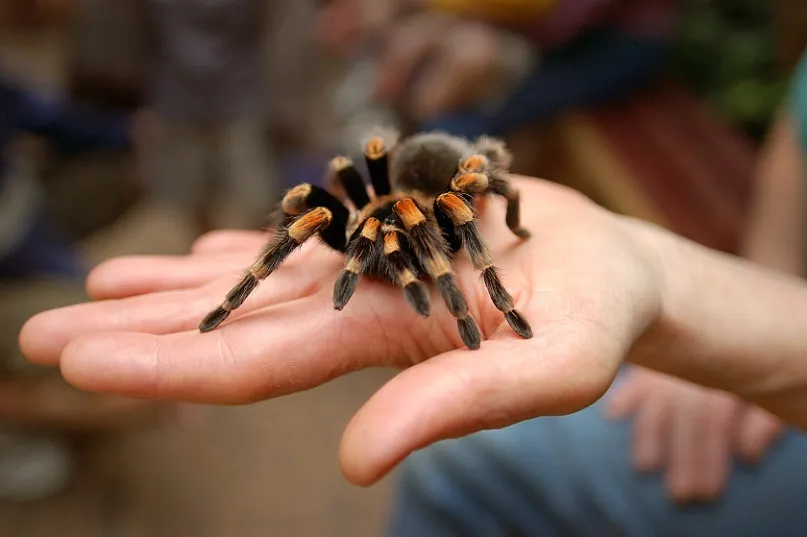
Handling tarantulas, even the most docile species, requires caution. Always wash your hands thoroughly before and after handling to prevent the transfer of oils or chemicals. Handle in a safe environment, such as over a soft surface, to minimize the risk of injury if the tarantula falls. Avoid handling during a molt, as tarantulas are particularly vulnerable at this time. Keep children and other pets away during handling. Be aware of the tarantula’s behavior and watch for signs of stress, such as rearing up or flicking hairs. If the tarantula shows any signs of distress, immediately cease handling. Never force a tarantula to do anything it doesn’t want to do. If bitten, seek medical attention, especially if you have an allergy or experience severe symptoms. Remember, responsible pet ownership is paramount, always prioritize the well-being of the animal.
Preparing for Handling
Before handling any tarantula, proper preparation is essential. Ensure the enclosure is secure and that the tarantula cannot escape. Gather all necessary equipment, such as a soft surface for handling. Research the species’ specific temperament and handling guidelines. Create a calm, quiet environment to minimize stress. Make sure you are feeling calm and confident, as your energy can affect the tarantula. Avoid handling the tarantula if you are stressed or in a rush. Be patient and prepared to end the handling session at any time. Take your time, and move slowly and deliberately. Before handling, familiarize yourself with the tarantula’s posture, body language and typical behavior. The safety of both you and your pet should be your highest priority. Remember, patience and respect will create a more positive experience for both you and your tarantula.
Handling Techniques
The proper technique for handling a tarantula depends on the species, its temperament, and your comfort level. Approach the tarantula slowly and gently. Avoid making any sudden movements that could startle the animal. Allow the tarantula to walk onto your hand, rather than trying to grab or force it. Always support the tarantula’s body, especially if it is a larger species. Keep your movements slow and deliberate, allowing the tarantula to move at its own pace. If the tarantula shows any signs of stress, such as rearing up or flicking hairs, immediately stop handling. It is always better to err on the side of caution. Handle the tarantula in a safe environment, such as over a soft surface. Never try to handle a tarantula that is molting, as it is extremely vulnerable. Always prioritize the well-being of your pet, and adjust your handling techniques accordingly. Remember, patience and respect are key to a positive handling experience.
Post-Handling Care
After handling your tarantula, it is crucial to take proper care of both yourself and the animal. Wash your hands thoroughly with soap and water to remove any potential irritants or allergens. Inspect the tarantula for any signs of injury, and return it to its enclosure gently. Observe the tarantula for any unusual behavior after handling, such as increased stress or agitation. Make sure the enclosure is secure, and the tarantula is comfortable. Handle the tarantula only when necessary. Monitor your own health for any allergic reactions or irritations from contact. By following these post-handling care tips, you can ensure a safe and positive experience for both you and your tarantula. Remember, responsible pet ownership is about prioritizing the health and well-being of your pet, at all times.
Conclusion
Choosing a handle-friendly tarantula can be a rewarding experience for both the owner and the pet. Species like the Chilean Rose Hair, Mexican Red Knee, Arizona Blonde, Costa Rican Zebra, and Pinktoe tarantulas offer varying levels of docility and handling suitability. Understanding the species’ temperament, taking the correct precautions, and following safe handling practices are essential for a positive experience. Always prioritize the well-being of your tarantula and respect its boundaries. With the right knowledge and a cautious approach, you can enjoy the unique experience of interacting with these fascinating creatures. Responsible pet ownership includes ongoing research, understanding your pet’s individual needs, and providing the best care possible. Enjoy your tarantula!
